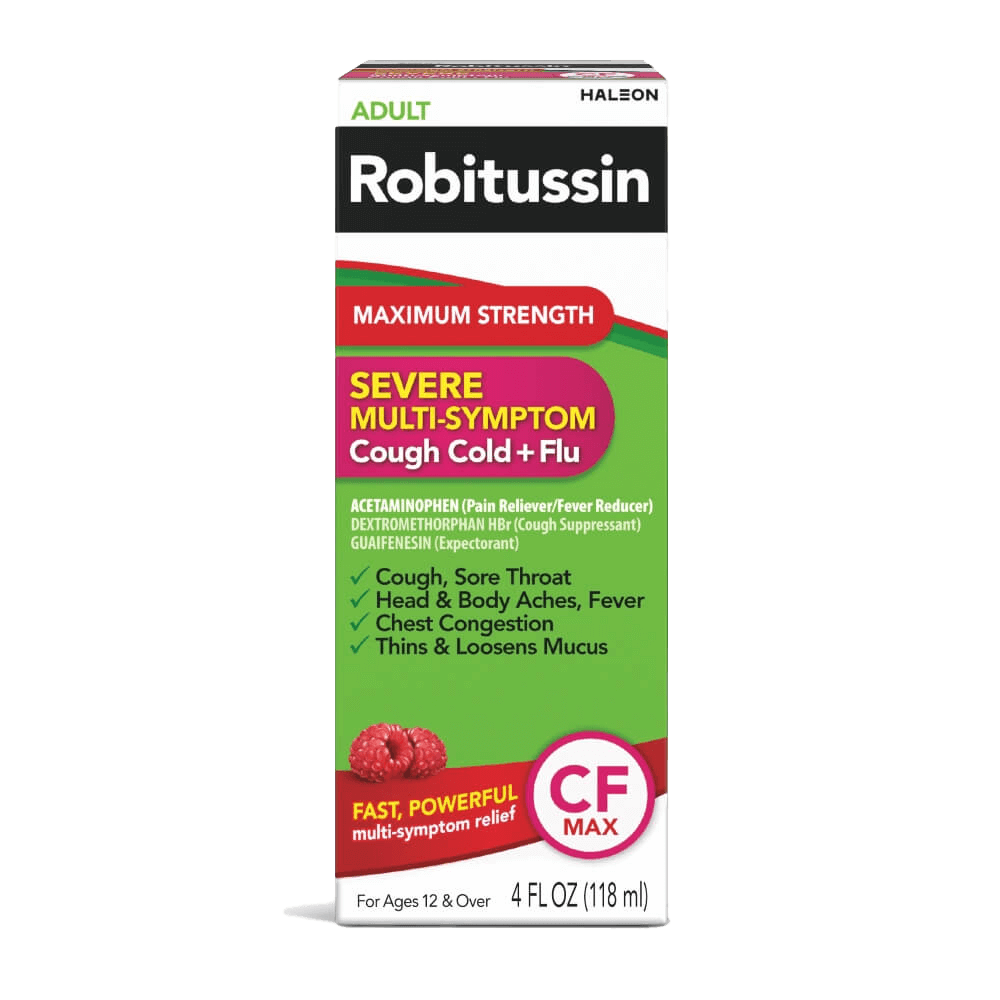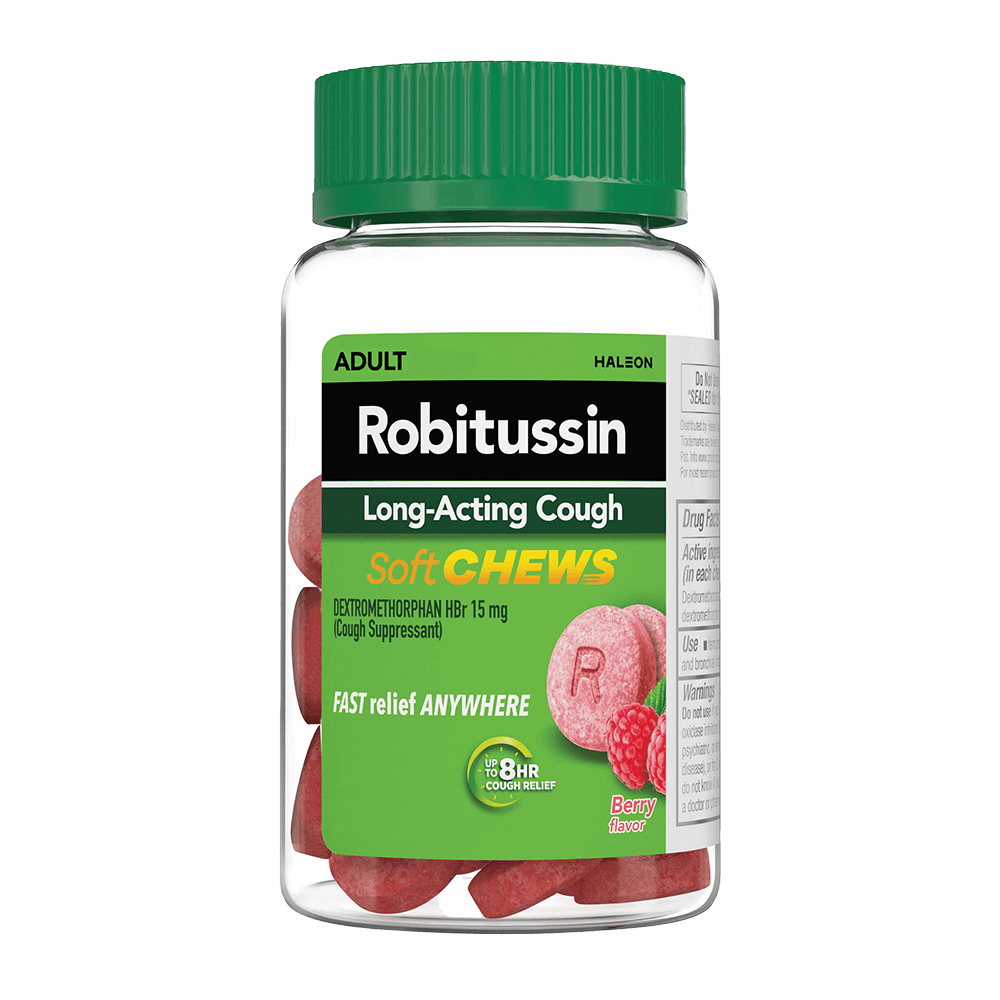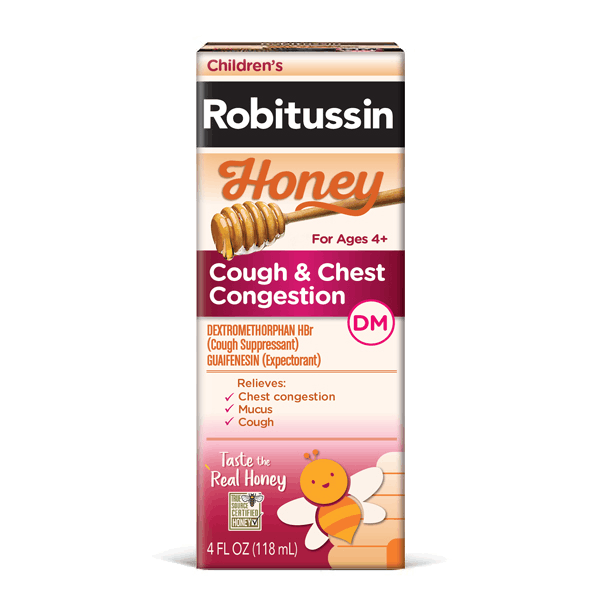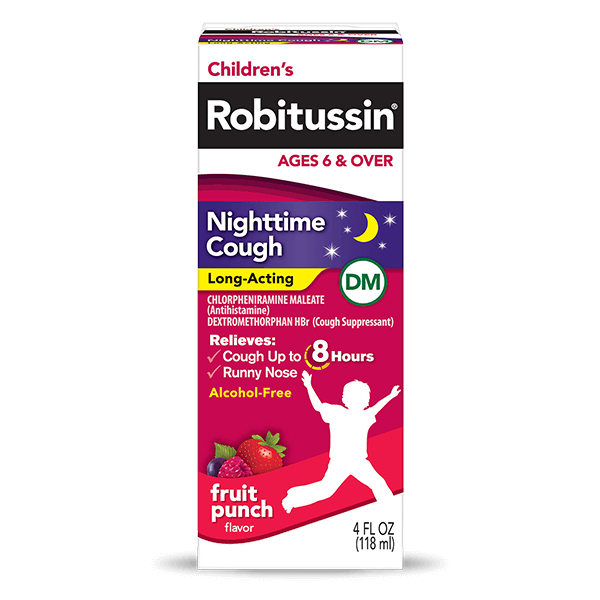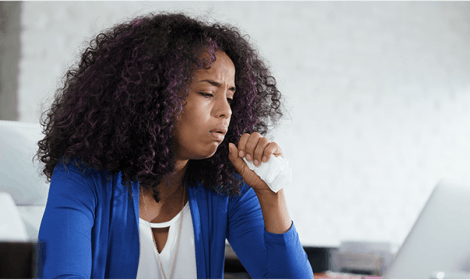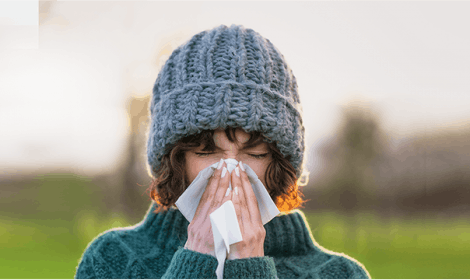Teach your kids to cough safely
When your child gets sick, it's important for them to use proper coughing etiquette at home, at school and in other public spaces.1 Children who use correct coughing techniques can help reduce the spread of illness.1 Learn the importance of appropriate cough etiquette and how to teach your kids to cough safely.
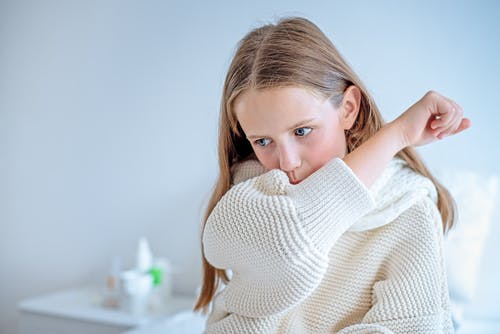
What happens when you cough?
When something irritates your throat or airways, your body responds with a cough.2 Irritants cause your nerves to send a message to your brain.2 Your brain then instructs your chest muscles and abdomen to push air out of your lungs to force out the irritant.2 Coughing can also be caused by infection and inflammation.3
Coughs and sneezes create respiratory droplets that can become airborne and spread viral infections.3 These droplets can be inhaled by nearby children or land on surfaces. When a child touches a contaminated surface and then their mouth, nose, or eyes, they can transfer the virus.3 To stop children from unknowingly spreading illness, they should learn proper coughing etiquette.1
What is the proper way for your child to cough?
A 2015 study showed that the younger your kids are and the more kids you have, the greater your chances are for getting sick.5 This study found that kids under 5 years old spent 50% of the year with at least one respiratory virus!5 Teaching them proper cough etiquette from a young age can reduce the spread of illness at home, school and anywhere else your child goes!1 Advise your child to do the following:1,4
- Cough or sneeze directly into your elbow, especially if you don’t have a tissue to cover your mouth and nose when you cough or sneeze.
- Never cough into your hands or the open air.
- Turn your face away from people when you cough or sneeze.
- Throw your used tissue in the trash right away.
- Wash your hands with soap and water or use hand sanitizer after you cough or sneeze.
Proper cough etiquette can help decrease the germs that get onto your child’s hands and lower their risk of spreading their illness to other people.1 It’s also important to encourage them to wash their hands frequently, as respiratory viruses are commonly spread by unclean hands and touching contaminated surfaces.1,4 While they’re washing their hands, they can sing a song, like the ABCs or “Twinkle, Twinkle, Little Star”.5 This helps them slow down and focus on hand washing.5
When your child is under the weather, the best course of action is for them to stay home and recover.4 That way, they can avoid carrying germs to school and to their classmates.4 If your child has a face mask, it can also help reduce the rate of respiratory droplets reaching and infecting others.4 If they don’t, they should use appropriate coughing technique, in public and at home.4
How to help your child prevent the spread of germs
Besides teaching proper coughing etiquette and handwashing, here are other ways to help your child prevent the spread of germs:
Setting consistent bedtimes and naps
Adequate sleep helps your child’s body fight infections and heal.5 Consistent bedtimes and regular naps boost the immune system and support overall health.5
Encouraging children to play outside
Outdoor exercise is vital for your child's development and strengthens their body to fight off infections.5 Germs are also less concentrated outdoors and reduces your child’s exposure to them, especially during infectious seasons.5
Promoting water drinking and a healthy diet
A well-hydrated body has a stronger immune system. An adequate diet helps your child receive nutrients necessary for development.5 Ensure your child drinks plenty of water and eats a healthy diet that includes hydrating foods like celery, fruits, and cucumbers.5
Over the counter (OTC) cough medicines are also available for children, to help manage your child’s coughing symptoms.6 Children’s Robitussin offers a range of products for cold and flu symptom relief. You can use Children’s Robitussin Cough and Congestion DM to help alleviate mucus, cough, and chest congestion.
Source Citations:
- Teaching Children Cough Etiquette. Mayo Clinic. https://newsnetwork.mayoclinic.org/discussion/infectious-diseases-teaching-children-cough-etiquette/. Accessed 5/16/24.
- Cough - Symptoms and Causes. Mayo Clinic. https://www.mayoclinic.org/symptoms/cough/basics/definition/sym-20050846. Accessed 5/16/24.
- Cough and Sneezes: Their Role in the Transmission of Respiratory Viral Infections , Including SARS-CoV-2. URL. Accessed 5/16/24S
- Cough Etiquette: Why It’s So Important. Cleveland Clinic. https://health.clevelandclinic.org/cough-etiquette-why-its-so-important/. Accessed 5/16/24.
- How to Prevent the Spread of Germs. Cleveland Clinic. https://health.clevelandclinic.org/how-to-prevent-spread-of-germs/. Accessed 5/16/24.
- Should You Give Kids Medicine for Coughs and Colds? FDA. https://www.fda.gov/consumers/consumer-updates/should-you-give-kids-medicine-coughs-and-colds. Accessed 5/16/24.

